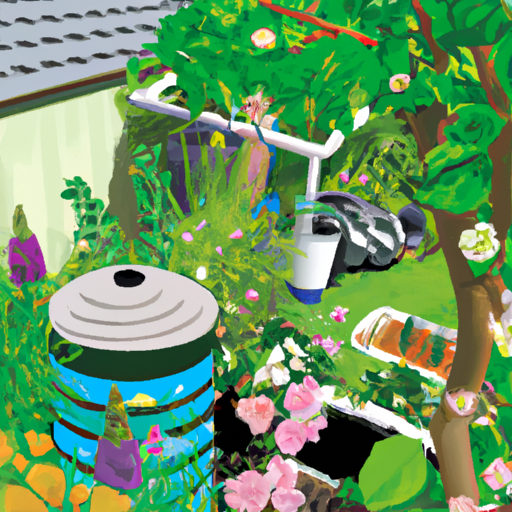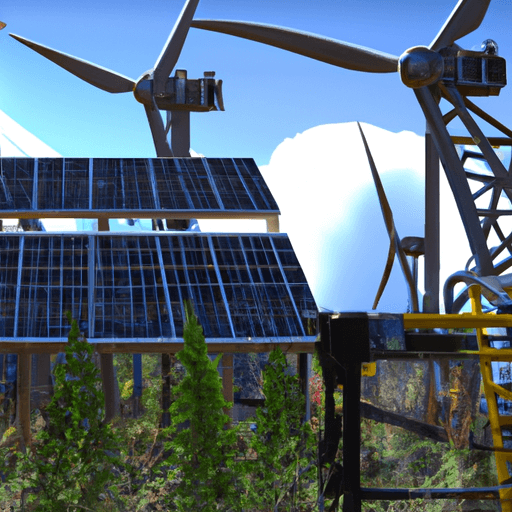Creating a Sustainable Ecosystem within Your Home Garden
Gardening is more than just a hobby; it's a pathway that combines the pleasures of outdoor activities with the advantages of contributing significantly to a healthier environment. By establishing a sustainable home garden, we not only support our planet, but we also promote our personal health and wellbeing. This article will explore the essential elements required for a thriving, sustainable home garden, and provide practical, step-by-step advice on how to develop such an ecosystem.
Essential Elements for a Sustainable Home Garden
The foundational elements for a sustainable home garden include suitable plant selection, proper water management, nurturing soil health, and effective pest control. Below are brief descriptions of each element:
- Plant selection: Choosing the right plants for your garden is crucial. Native plants adapt better to the local climate, need fewer resources, and attract local pollinators.
- Water management: Sustainable gardening should consider effective water use. This can be achieved via rainwater harvesting, drip-irrigation systems, and careful scheduling of watering to shed off evaporation.
- Soil health: Healthy soil is rich in nutrients and microorganisms that promote plant health. Using organic compost and mulch can help maintain and improve soil health.
- Pest control: Instead of resorting to chemicals, consider organic pest control methods, such as attracting beneficial insects or using plant companion techniques.
Benefits of a Sustainable Home Garden
Developing a thriving ecosystem in your home garden holds many benefits. Besides creating a visually pleasing space, a sustainable garden fosters biodiversity, reduces carbon footprint, promotes personal health, and provides organic food sources amongst others.
Creating a Sustainable Ecosystem: A Step-by-Step Guide
- Choose native plants: Native plants are biologically programmed to survive in your locality. This not only reduces water consumption but also curtails the need for artificial fertilisers.
- Practice Organic Gardening: Steer clear of chemical fertilisers and pesticides. Embrace the power of composting to nourish your garden naturally.
- Nurture Pollinators: Attract bees, butterflies, and other beneficial insects by planting a variety of flowering plants.
- Maintain Balanced Soil Ecosystem: Composting and mulching help create a healthy soil environment, encouraging beneficial microorganism activity.
The Role of Technology
Technology can play a significant role in maintaining a sustainable home garden. Advanced tools such as smart irrigation systems, soil health monitoring gadgets, and online platforms for plant selection offer more precision and efficiency in organic gardening.
In conclusion, establishing a sustainable ecosystem within your home garden is an excellent contribution to both the environment and personal wellbeing. It requires effective planning, the right techniques, and consistency. So why not start today and explore the realm of sustainable gardening!















Comments
Leave a Comment